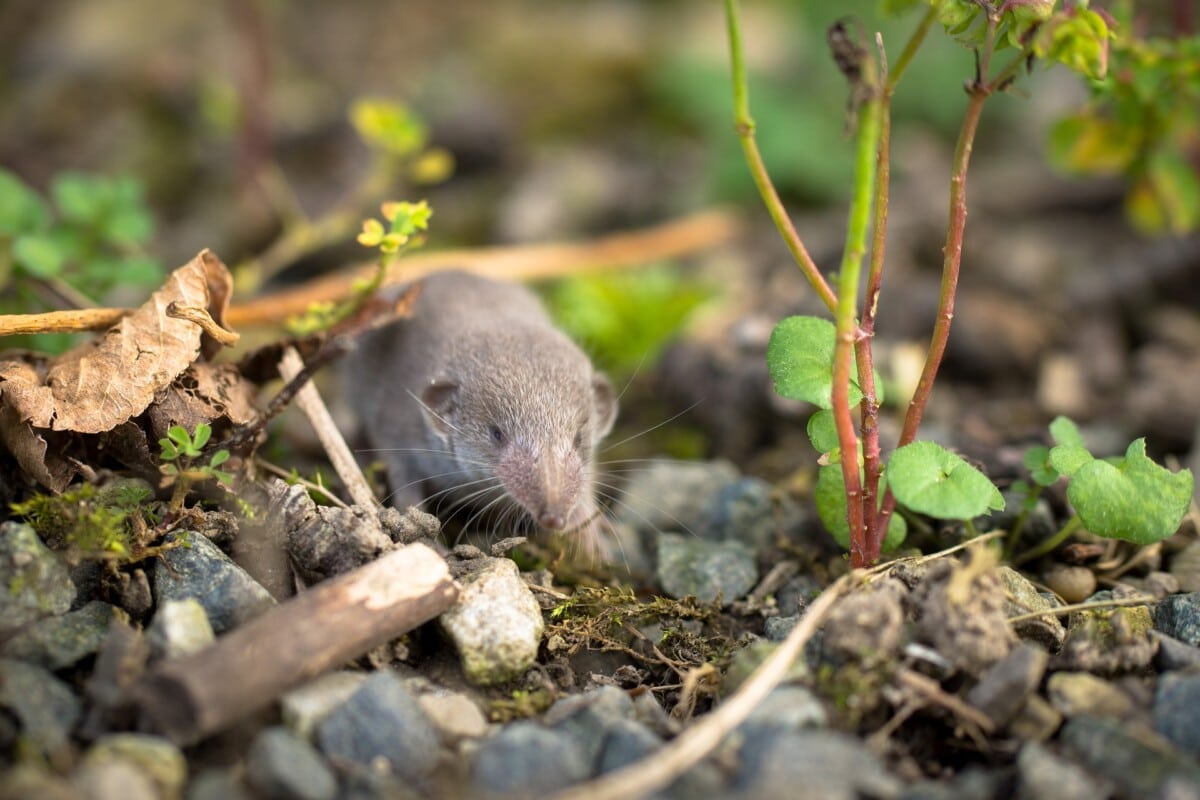
Do you find a dead shrew in your house, garden or in nature? Do not throw him or her in the bin, but hand in the animal to Wageningen scientists. Researchers have launched an investigation into the unintended effects of rodenticides on shrews, and they need a lot of insectivores to do so.
“Nowadays we see that there is more nuisance from rats in our living environment and that is why rat poison is used,” says associate professor Nico van den Brink to NPO Radio 1. “But there are also problems with other species that can die from this, such as birds of prey and owls.” Pest control agents and the ministry have developed a new method to reduce the use of these substances and the risks. “We want to check whether this works.”
Wageningen scientists want to know where shrews ingest more rat poison: in the city or in the countryside. Shrews ingest the rat poison because the animals eat from boxes where the poison is stored. Since shrews have a small habitat, the substances found in these insectivores are indicative of local use.
Scientists are interested in any fresh dead shrew. on the website of the Mammal Society you will find all return points. It is very important that information about the location where the shrew was found is passed on (eg type of street, type of agriculture). How did the shrew die? Is anything known about the use of pesticides in the area? And what is the time of finding? You can hand in your dead shrews until December 31, 2021.
Join us and make your freezer available
Researchers also want to expand the number of return locations. At the moment, several provinces are missing, such as Zeeland, Flevoland and Limburg. Do you have a -20 freezer and do you want to participate in the research? Then make your freezer available as temporary storage. Take for that contact the Mammal Society.
How do I recognize a shrew?
An adult shrew is six to nine inches long and has a narrow, pointed skull. A shrew is not a rodent, like the house mouse, but an insectivore. The shrew is related to the mole and hedgehog. If you look closely, you can see that these animals look alike. Five species of shrews live in the Netherlands, namely the forest shrew, the pygmy shrew, the water shrew, the field shrew and the house shrew. The house shrew is the most common species and is often found indoors.

Shrews are also very interesting animals. They eat half their weight in food every day. They cannot tolerate hunger for long and are therefore fierce predators. They eat everything from insects, larvae and worms to fish, frogs, spiders and mice. Shrews are also very fast and agile. They can even jump around. Animals can also swim well. Did you know that the shrew’s skull shrinks up to 20 percent in winter? And that the animal is getting a longer tail and big legs as a result of climate change?
Source material:
“Dead shrew found? Submit it for research!” – Mammal Society
Image at the top of this article: Pixabay